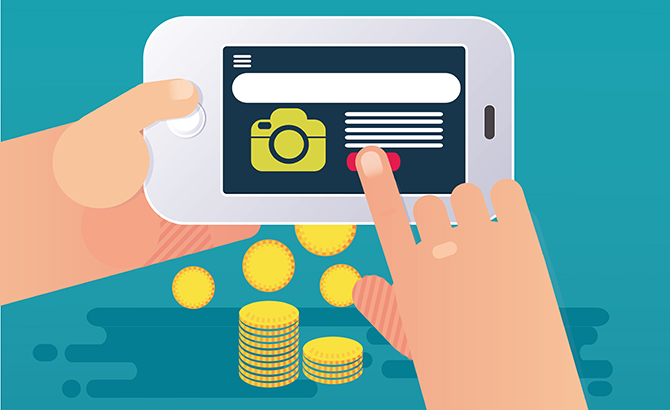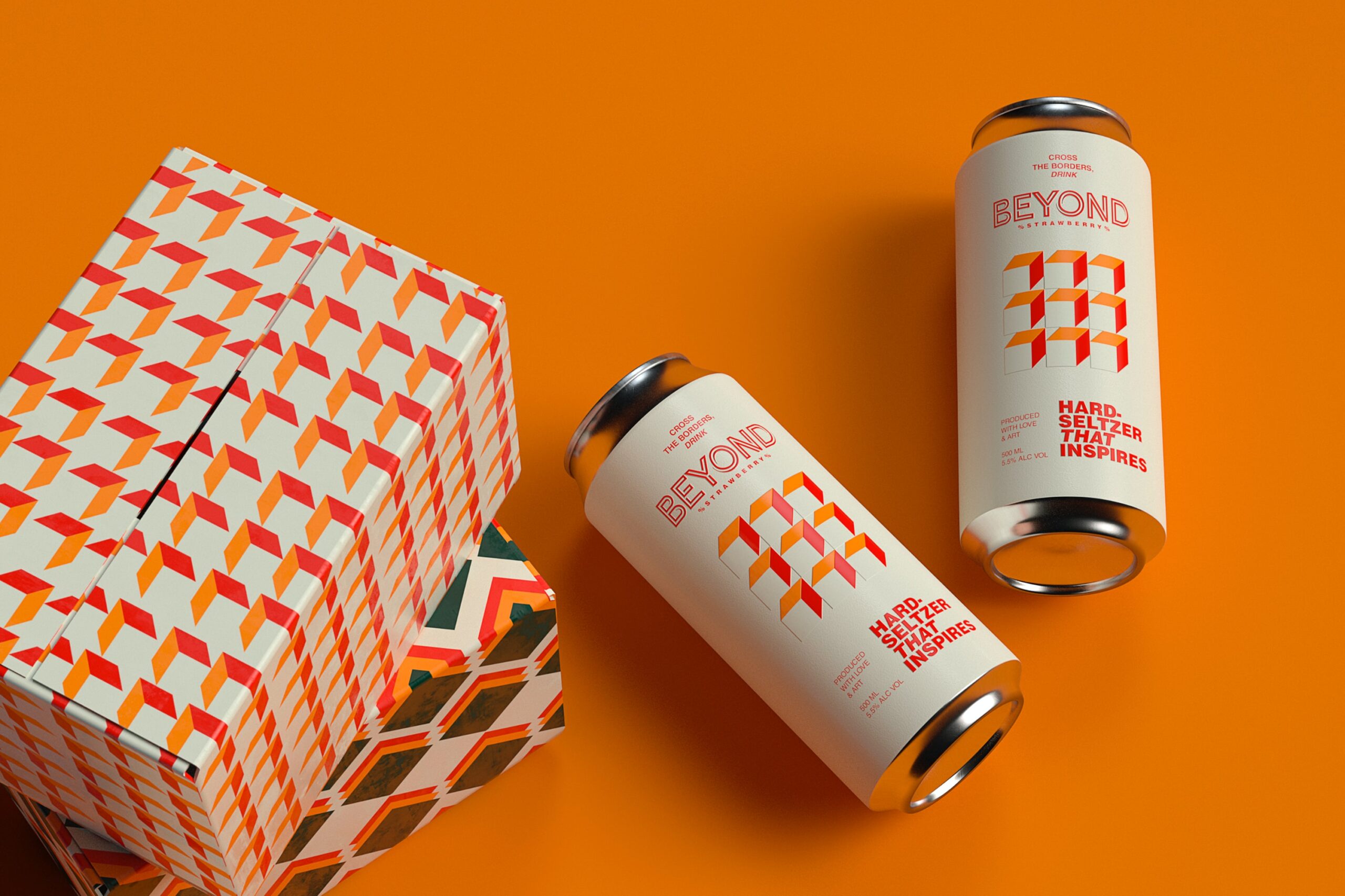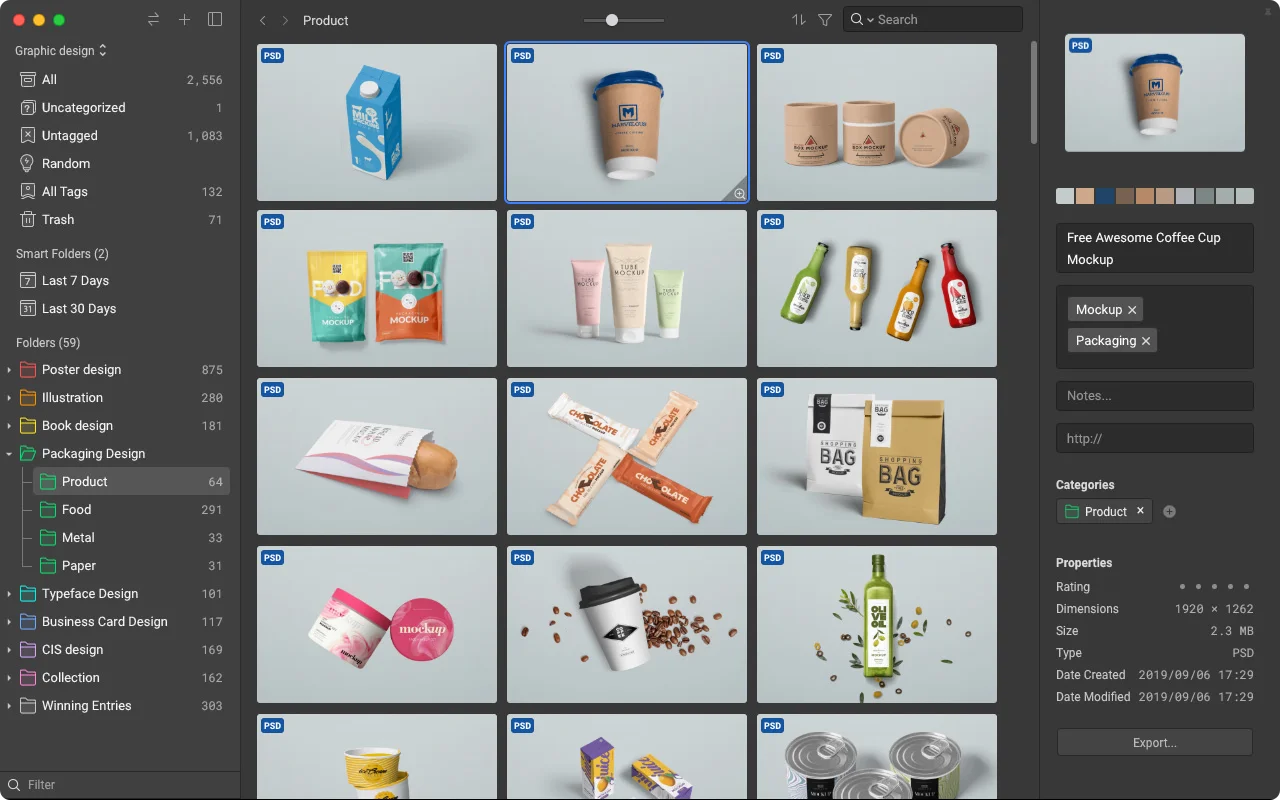Are you looking for ways to boost your website conversions? As you may have already heard, website design can become either a ticket to success or the death of your online presence. In this article, we are going to review several web design principles that will help you boost your website conversion rate.
Many entrepreneurs harp about the value of SEO, social networking, producing lead magnets which convert and so on. Despite the importance of these strategies, constructing a great site at the beginning is frequently overlooked. Although each one of these aspects matters, your web design is more than the “pretty face” of your company. Web design can make or break your conversion rates.
As a study from Stanford University demonstrated, about 46% of users say a site’s design is the ultimate criterion for determining if a business is trustworthy or not. Therefore, it’s essential that your website looks professional.
The aesthetic appeal of your site also plays a significant role in the optimization of its conversion rate. After 15 minutes of content consumption, two-thirds of users would prefer to read and see something superbly designed as opposed to something bland and dull. So, if you want your blog posts to have a consistent readership, then the blog posts need to look attractive.
But that is not all. Users will leave your website altogether if it’s not attractive. To be precise, about 38% of your site’s visitors are going to go to your competitors if you don’t provide them with quality design. That’s a good deal of leads lost! Hence, you can’t afford to neglect web design. Find a web design agency that can provide you with relevant services and hire it!
Even though intuition and usability are the cornerstones of any high-quality design, you want to think beyond the fundamentals and use design subtleties to push traffic toward conversion. Below we have described several design principles that should help you push your audience closer to becoming your customers.

Contain Your Calls-to-Action
Distinguish your main page element and place those lead generating forms – call-to-action buttons – in a container. It is the most significant element for your site’s conversion. You can’t treat it just like any other page element.
Other page components, such as content and heading, are just providing support, which should push visitors’ focus to your conversion objective. Ensure that users can clearly understand what actions are expected on the page in a matter of seconds.
Refer to Contrast Psychology and Color Theory
Okay, of all of the visual aspects, color is probably discussed the most and something that users like testing. When you’re using an A/B testing tool with a WYSIWYG (for What You See Is What You Get) editor, it only requires a couple of clicks to begin a button color test.
However, random testing doesn’t boost website conversions. So, when looking for the perfect button tone for your call-to-action, you should consider the ‘emotion’ that each color conveys and then examine it using a valid hypothesis.
Although selecting the color that communicates emotion is vital, be sure to check for a hue that’s in excellent contrast to colors in the page’s background. Purple on royal blue, for instance, won’t set a proper difference. But, if you take glowing yellow and put it on royal blue, the contrast will be prominent. The entire idea about the contrast effect is to make sure that the main page element ‘pops’ to get visitors’ attention instantly.
Talk to the agency and ask what the team is using to find the colors that contrast perfectly with each other. There are tools, like the Accessibility Color Wheel, that help find just the right colors that help create buttons and texts that genuinely stand out.
The thing is, however, that it’s not just that blue converts better with yellow or that orange is the color that helps get higher conversion rates. The combination of foreground and background colors have to match perfectly in terms of contrast. There is no conventional high-converting color that will work for everybody. So, discuss color matters with your design agency to figure out which colors are going to aid conversion on your site.
Use Directional Cues to Point to Your Calls-to-Action
Directional cues guide users in a particular direction. They should lead ultimately to your conversion goal, where the cues are directing them. It may sound simple, but it helps boost conversion rates. The thing is, that for psychological reasons, people tend to check things they are encouraged to check. Leading your site visitors to call-to-action buttons and lead-generation forms is like showing a kid where the free cookies are (no pun intended).
Take Advantage of Whitespace
If your site visitors can’t easily find a ?all-to-action, they won’t be happy about it. Imagine visiting a movie website to book tickets and be unable to find the darn “Book tickets now” button. Putting your conversion form or call-to-action on whitespace makes them easily discoverable.
And while placing blank space below the form or call-to-action button is okay, it’s essential to recognize that you have to keep it in reasonable amounts.
Whitespace between the encouraging content along with your actionable area can produce a feeling of disconnection. It can make people see the call-to-action as a separate element, rather than continuation of the text.
Set Up a Distinct Visual Hierarchy
Strong visual hierarchy guides users’ thought patterns, makes them follow the data they need to make an informed decision together with a perfectly-placed call-to-action or conversion form. In other words, it is more about designing a fantastic layout to set users’ expectations for high conversion rates. In a nutshell, you can convey a lot of information via design, and a visually understandable hierarchy is an excellent way to start.
Conclusion
Web design has become far more than just some kind of a graphic background for a company’s message. In this day and age, a company’s website is one of its most influential marketing and sales tools. For most of your audience, your website is going to be the very first place they are going to meet you and get familiar with your business. It is crucial to create a website that represents your brand and conveys your message to your potential customers.
Of course, if you don’t have a web design specialist, you won’t be able to do it properly, and trying to do it yourself using a free DIY website builder is one of the best ways to ruin your brand’s image and reputation. But, you can find and hire a reliable, reputable, highly experienced web design agency that will take you through the entire website creation process. You will be able to learn a lot about how to handle your business in terms of online presence. Don’t waste your time – if you still don’t have a website or if the one you already have doesn’t meet your expectations – hire professionals to make it work!












Add Comment